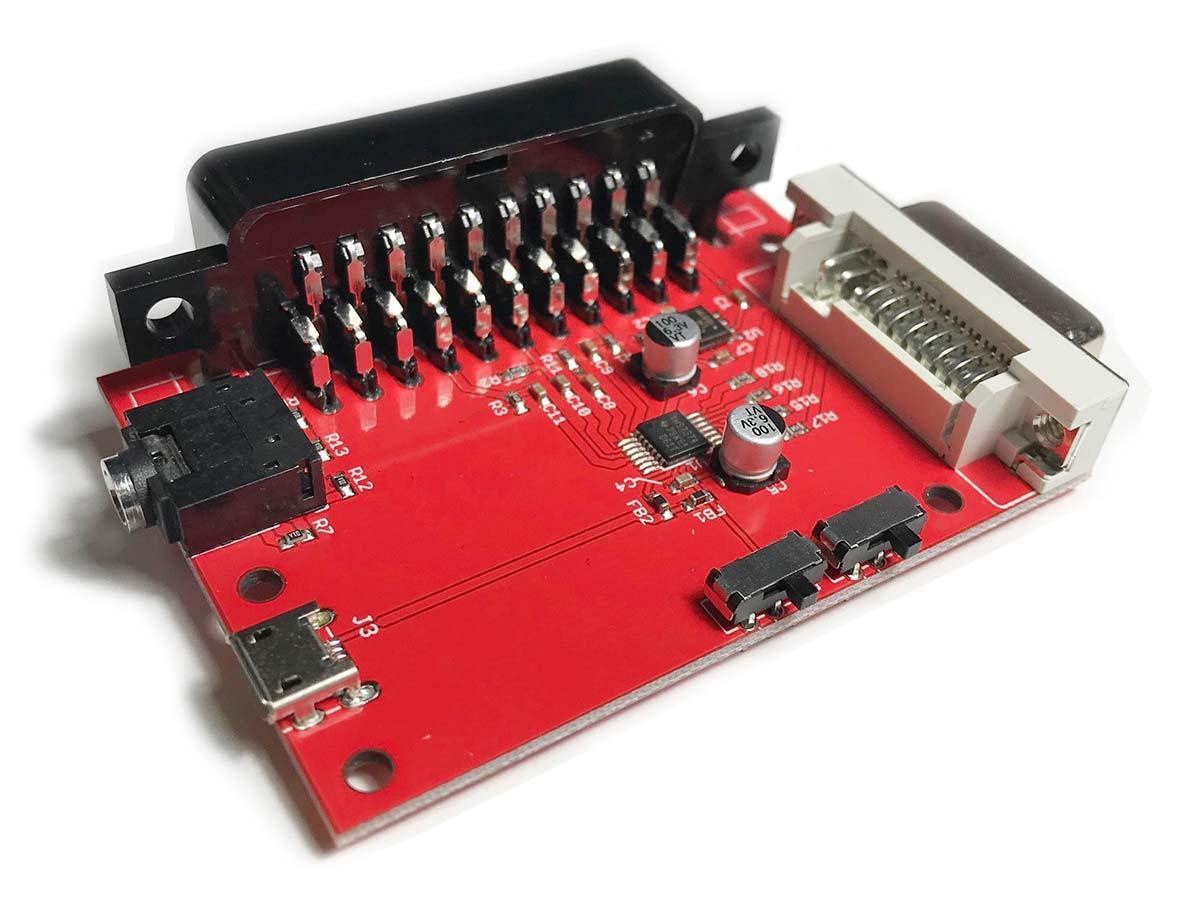Kordanor wrote on 2020-12-10, 21:56:So I ordered the 4k Capture thing from Elgato, because I need to use it for a camera anyways.
However I was wondering...there is […]
Show full quote
So I ordered the 4k Capture thing from Elgato, because I need to use it for a camera anyways.
However I was wondering...there is nothing to install (well, it got its software but that seems to be standalone, but no drivers or anything), with the camera it becomes a bit hard to test colors and I thought the most easiest way to test it, would be to just have a virtual monitor in the same PC.
So I recorded One video via OBS on my normal monitor (display port) having a black screen. And then I recorded another one on my "elgato Monitor", meaning the HDMI cable went directly into the elgato 4k thing.
Then I opened both videos and put together a picture. That way everything went through the same phases and compressions (up to picture compression at the end) but you can see a very clear difference:
Elgato.PNG
The right side, which is the normal screen is far blacker than the Elgato side (left).
Now I am wondering, is that because
1. A hdmi cable issue? Very unlikely, I also tested 2 different cables
2. Elgato just cant capture real blacks?
3. Some configuration for Elgato required?
4. Some issue with the HDMI signal?
Regarding the HDMI signal: I am aware that there is an option (normally) to switch to full color range.
However:
Elgato2.PNG
So....any other ideas here? I know it's not 100% related to VGA at this point, but If there is already such a loss with the elgato cam in itself, then it can only get worse if you add additional devices.
IMHO, it looks like your source is outputting limited range RGB, whereas your capture application (OBS) is expecting full range RGB .
I do not have this issue on my side, as I am able to send full range RGB to my Camlink 4K .
For testing, I used a Laptop with an Nvidia Quadro that was hooked to an Elgato Camlink 4K via HDMI . I was able to choose full range RGB as an output option .
The attachment camlink4k_fullrgb.png is no longer available
I then used Virtualdub2 to capture at 1920x1080 in YUY2 and compress losslessly
The attachment properties.png is no longer available
to x264
The attachment x264.png is no longer available
and saved the following stills from MPC-HC :
White point :
The attachment white_point.png is no longer available
Black point :
The attachment black_point.png is no longer available
I suggest you consider updating you CamLink 4K firmware to the latest version : https://help.elgato.com/hc/en-us/articles/360 … Gaming-hardware
Disclaimer : I am not responsible if something goes wrong .
I do not use OBS, so I cannot really help you with that, but, as an alternative to send full range RGB from the video card, you can set OBS to process incoming video as limited range (which is likely what your video card is outputting), which should fix the black level and white level .
See this example for another Elgato product (should be identical to the Camlink 4K) .
https://obsproject.com/forum/resources/gettin … obs-studio.617/
